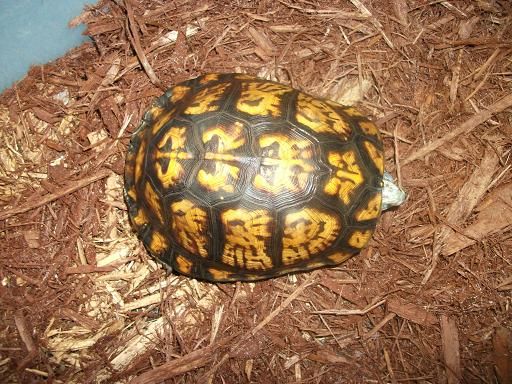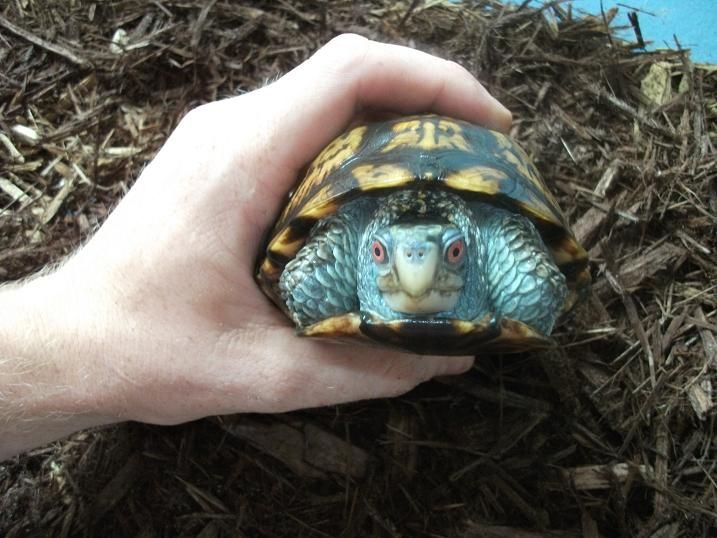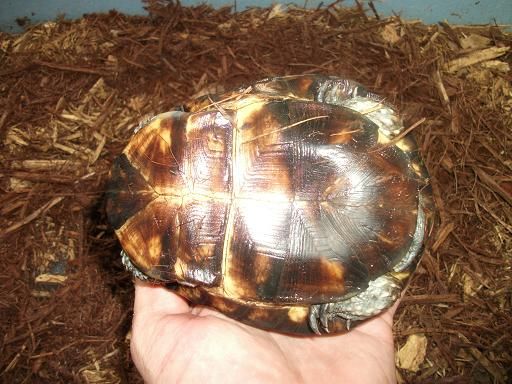I cannot say I have ever seen one of that color, but it's quite stunning. Hope he has a good home now! That's a good rescue. 
Always makes me happy to hear a tort/turt get a good home from a rescue. He looks quite healthy!
Always makes me happy to hear a tort/turt get a good home from a rescue. He looks quite healthy!





